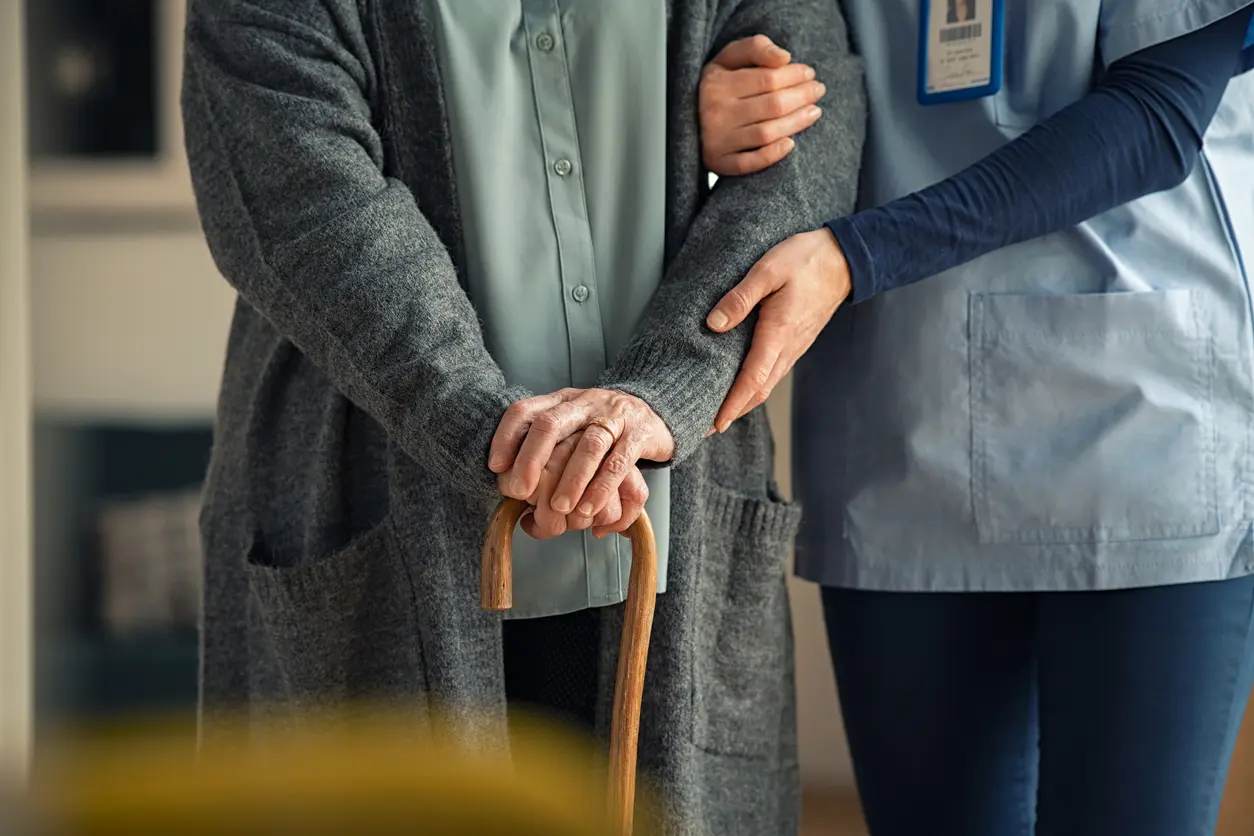Families rely upon nursing homes to care for their parents as they age. This care extends to meeting the often complex medical needs of the patients who reside in these facilities. When nursing homes fail to live up to the appropriate standard of care when caring for patients resulting in injuries to the patient, the patient and/or their relatives can seek damages. The same is true in tragic situations when malpractice costs the life of a resident.
Does your parent or other relative reside in a nursing home or similar facility? Are their medical needs not being met, or has someone you care about died because of neglect? If so, it’s time to speak with a Connecticut nursing home malpractice attorney. Stanfield Bechtel Law can review your situation, get your loved one the help they need, and seek justice on their behalf.
Nursing Homes Owe a Duty of Care to Their Residents
Those who live in nursing facilities have a right to expect quality care that meets their medical needs and enhances their overall quality of life. Nursing homes and other establishments have a legal duty to provide services that can attain or maintain the highest practical level of physical, mental, and psychosocial well-being. Failure to meet certain basic standards of care is considered malpractice.
Making a mistake is not, in and of itself, evidence of malpractice. Nursing home physicians and staff members are humans and are therefore prone to errors like anyone else. At the same time, these mistakes must be reasonable in light of the circumstances. Unreasonable mistakes are those that a competent facility, in a similar situation, would not make. Ultimately, what this means is that every case of nursing home malpractice must be evaluated on its own, individual facts to determine whether the establishment in question has fallen short of the expected standards of care.
Examples of Nursing Home Malpractice
Nursing home malpractice can manifest itself through a number of different resident injuries. They may be especially severe because of the resident’s age along with any medical conditions or disabilities the individual may have. A few examples of injuries that indicate likely nursing home malpractice include:
Bedsores
A bedsore happens when a patient is left in the same position for too long. It is also known as a pressure sore because the pressure of the patient’s weight restricts blood supply to the skin and tissue. This can cause the tissue to die, open up, and leave a wound that is susceptible to infection.
Bedsores indicate malpractice because they are usually avoidable. Responsible nursing home staff should take steps to ensure the patient is moved frequently enough so these painful injuries do not occur. Ensuring that patients stay active (to the extent they are able) would also help prevent bedsores.
Medication mistakes
Nursing home residents generally take prescription drugs, so they rely on staff members to administer these medications. Medication errors come in various forms such as:
- Failure to give medicine at the appropriate time
- Giving a patient the wrong medication
- Administering expired medication
- Incorrect dosages (too much or too little)
- Cutting or slicing a pill that should be taken whole
- Not providing food or liquid to take with the medicine
- Failure to document that the medication was given
These and other mistakes can be avoided by following the doctor’s or pharmacist’s instructions or those included on the medication label. A prescription drug error could cause serious complications, allergic reactions, or death.
Malnutrition and dehydration
Residents of nursing homes often need assistance meeting their dietary and hydration needs. They may require special diets or liquids (or certain amounts of food and water) to stay healthy. Since they reside in these facilities, residents depend upon attentive staff members to ensure they are fed and hydrated regularly. Poor, overworked, and inadequately trained staff may fail to meet these needs and cause serious medical problems.
Medical neglect
If a resident is older or in poor health, neglect can lead to injuries such as falling. Neglect also comes in the form of not noticing that a patient needs medical assistance or failure to recognize a disease or illness that requires treatment. This type of irresponsible staff conduct may cause an illness to progress far past the point that it would have had medical attention been given earlier. On the other hand, complications from an injury such as a fall could set in and worsen. Staff should be sufficiently trained to recognize and respond to their patients’ medical issues so these avoidable problems do not occur.
Signs of Nursing Home Malpractice
Family members with loved ones in nursing homes should be aware of common signs of nursing home malpractice, which include:
- Weight loss or gain
- Poor personal hygiene
- Infection
- Unexplainable sores
- Sudden injuries or diseases
- Negative behavioral changes like depression and social withdrawal
- Complications of existing illnesses or conditions
If you have noticed any of these, ask the nursing home staff for an explanation. Also consider speaking with an experienced malpractice attorney.
Nursing Home Malpractice and Wrongful Death
Some malpractice is so severe that it leads to death. This indicates a serious failure on the part of the facility to keep its patients safe and to meet their medical and other needs. In cases like this, eligible surviving family members have the right to file a wrongful death lawsuit against the nursing home. Possible damages include compensation for funeral and burial costs, medical expenses, and pain and suffering.
Contact Our Connecticut Nursing Home Malpractice Attorney
Taking quick legal action is essential to seek the compensation that you and your loved one deserve. Deadlines may apply to filing a nursing home malpractice lawsuit, so we encourage you to contact us at your earliest convenience. To speak with our dedicated and compassionate team, give Stanfield Bechtel Law a call today.

